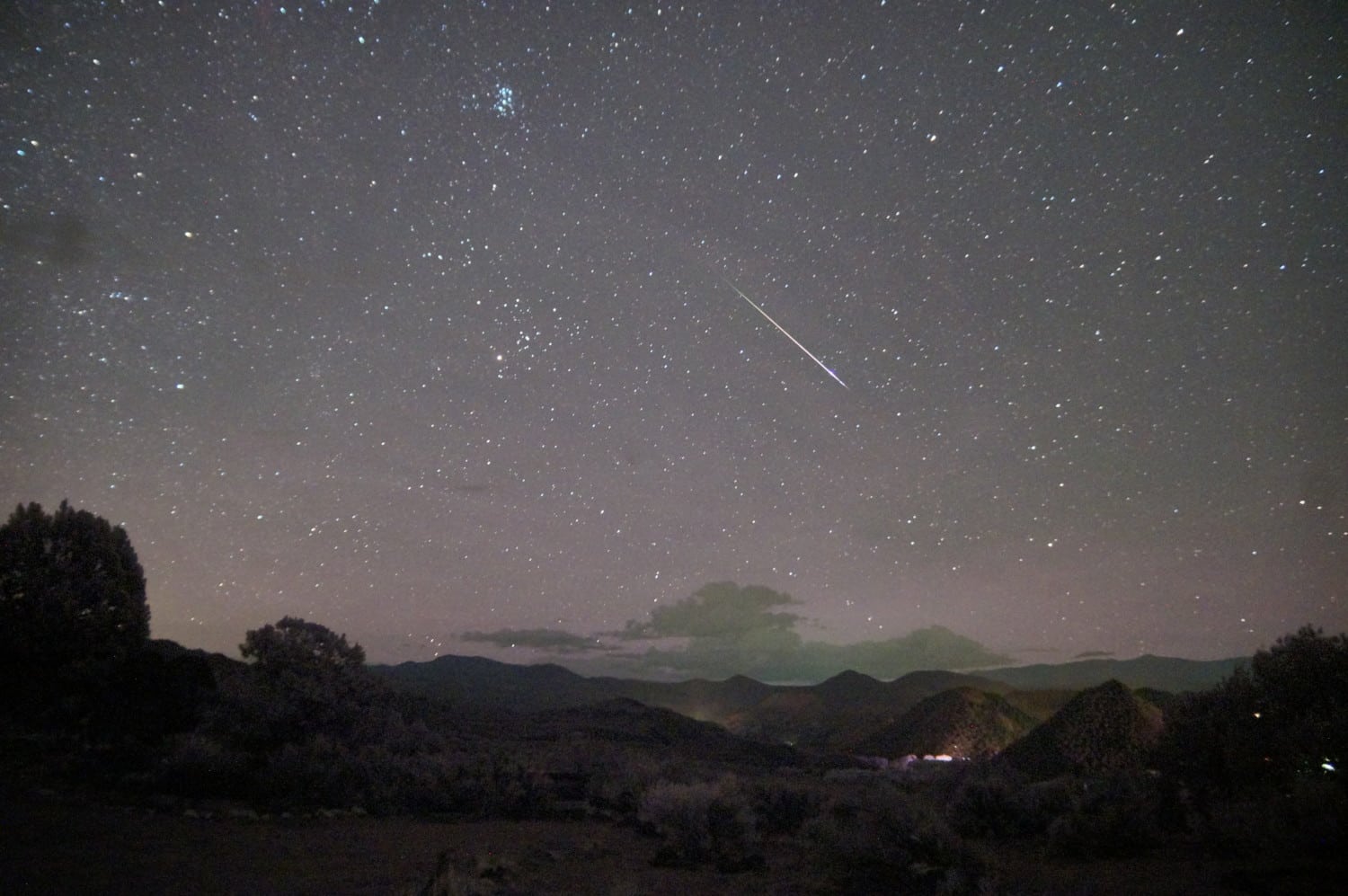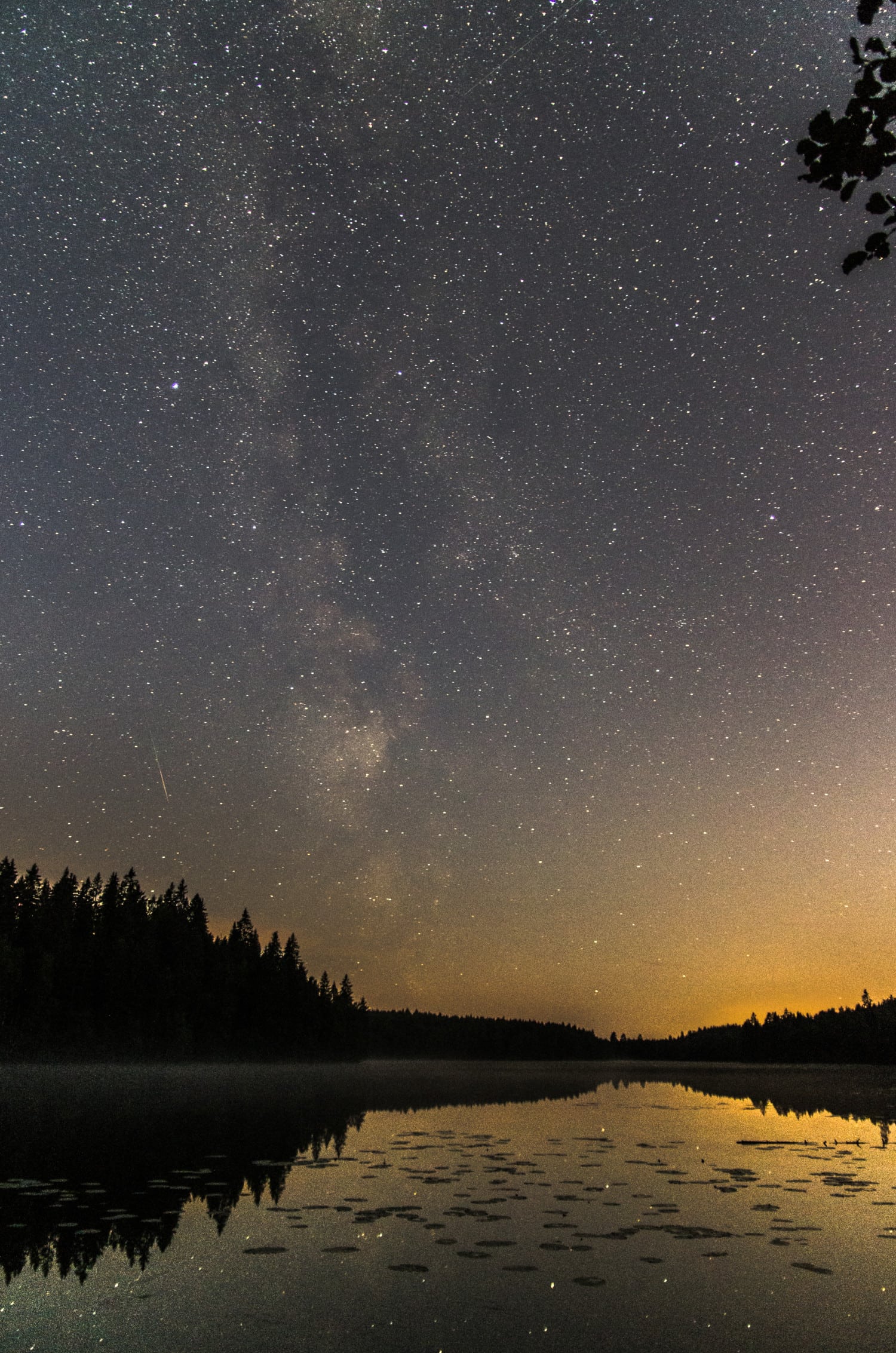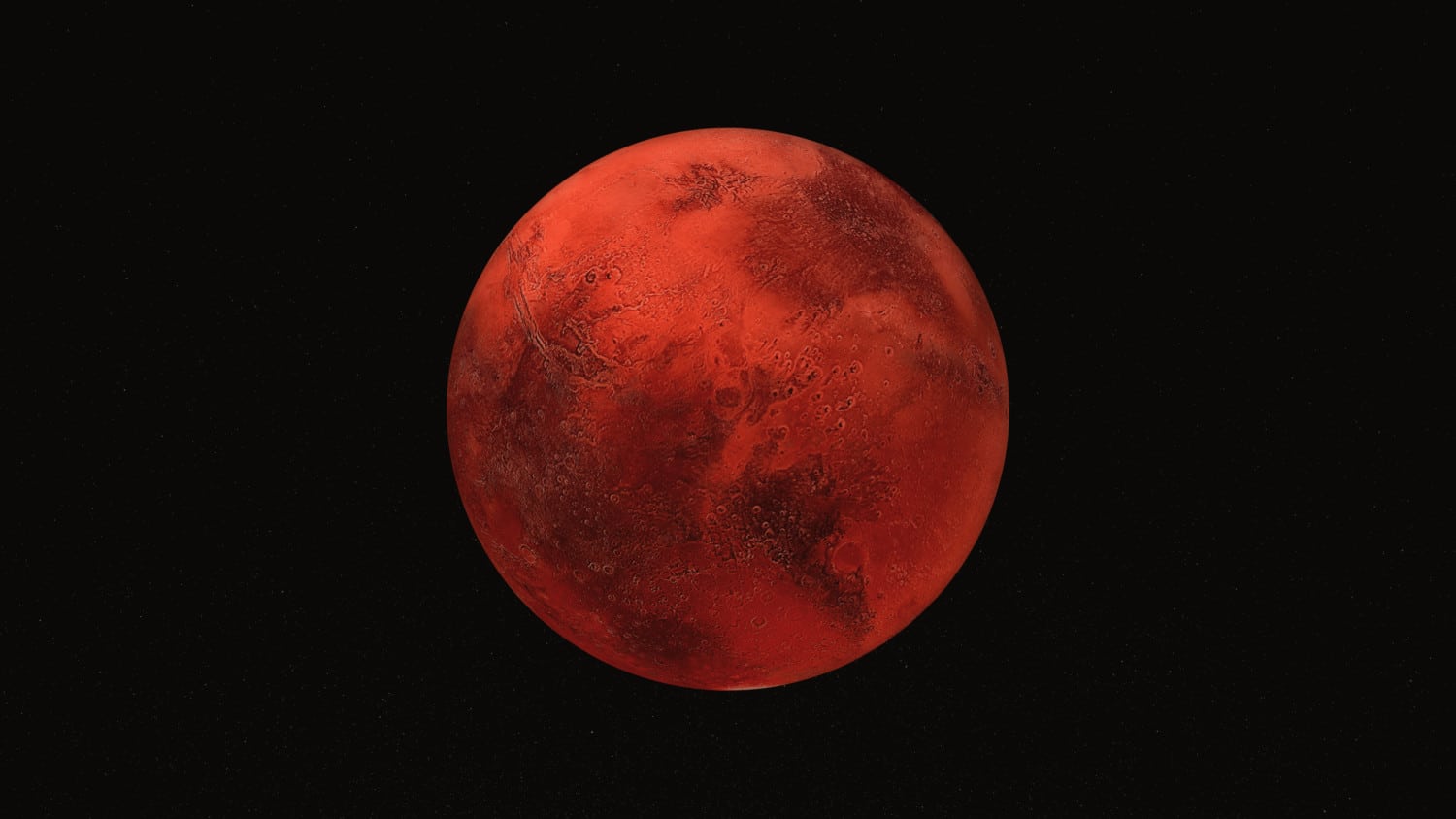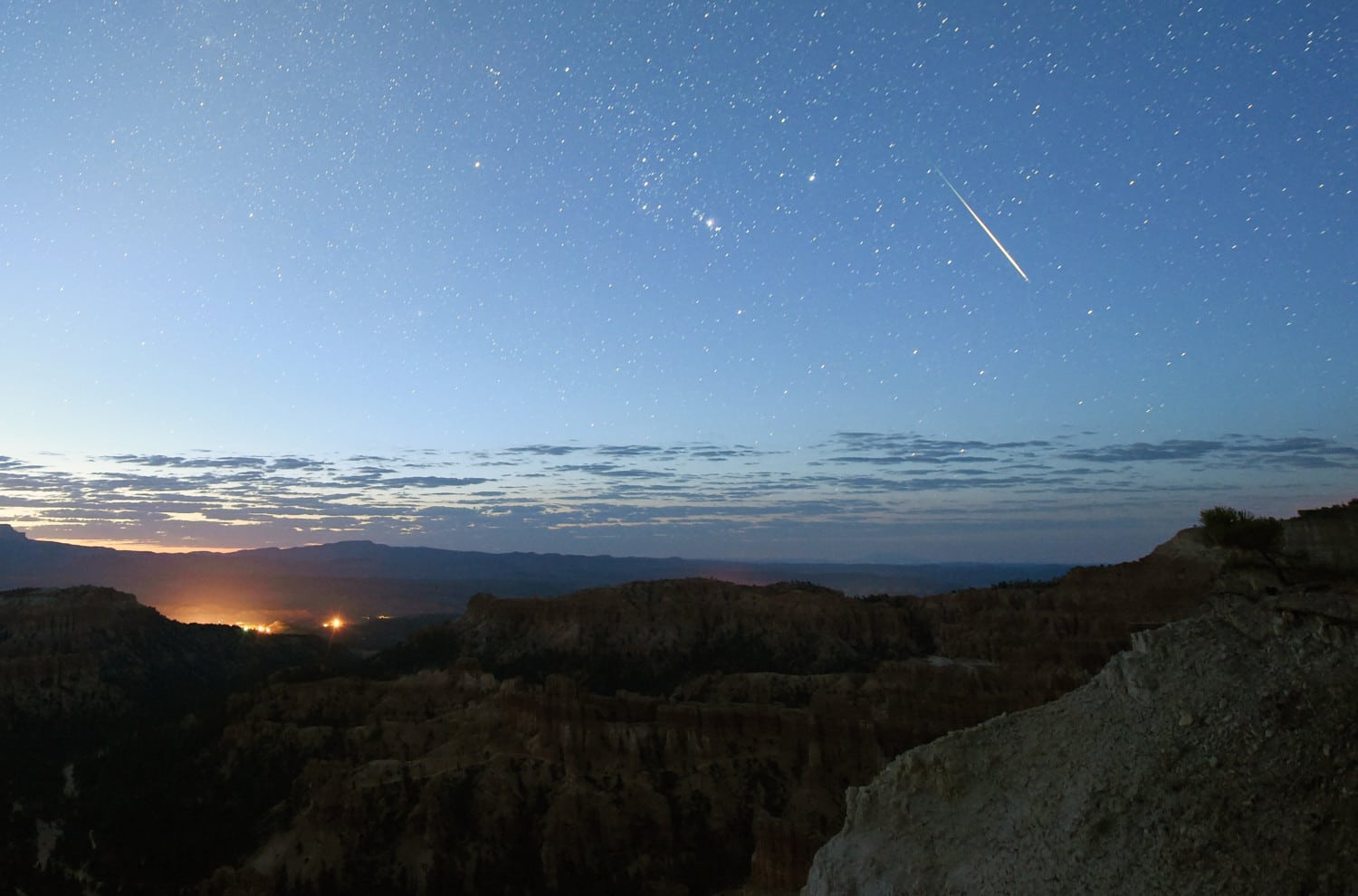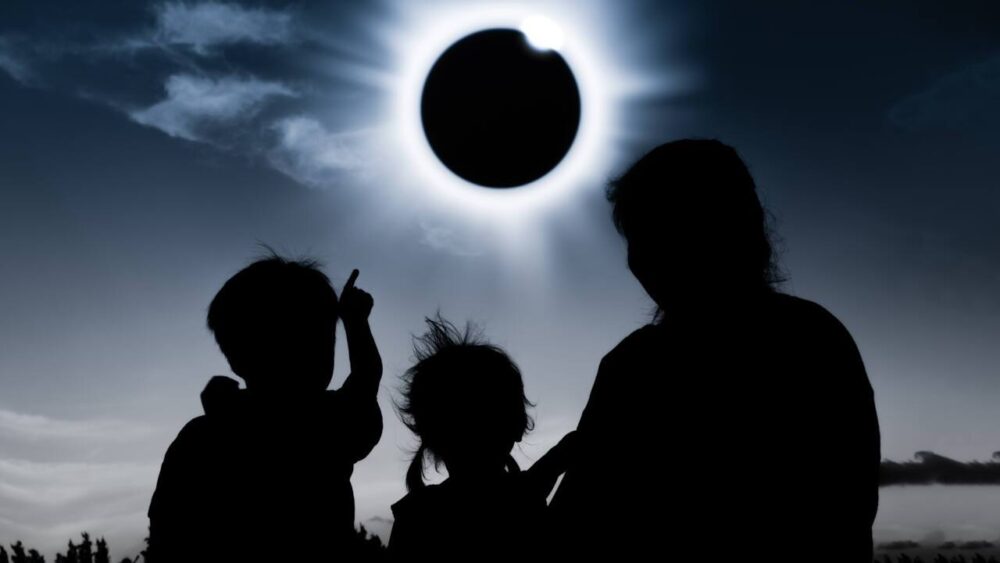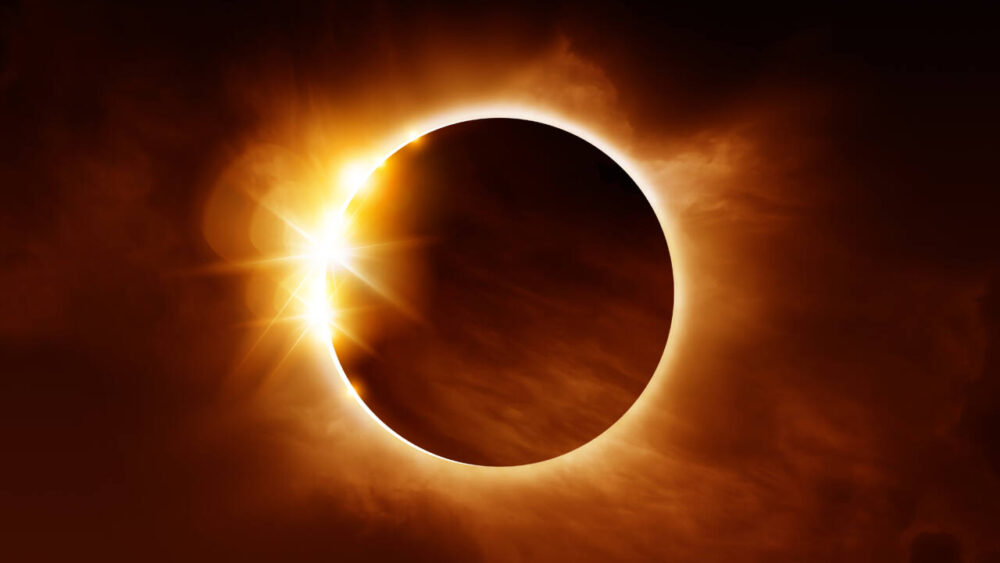The Perseid meteor shower this month is set to be extraordinary
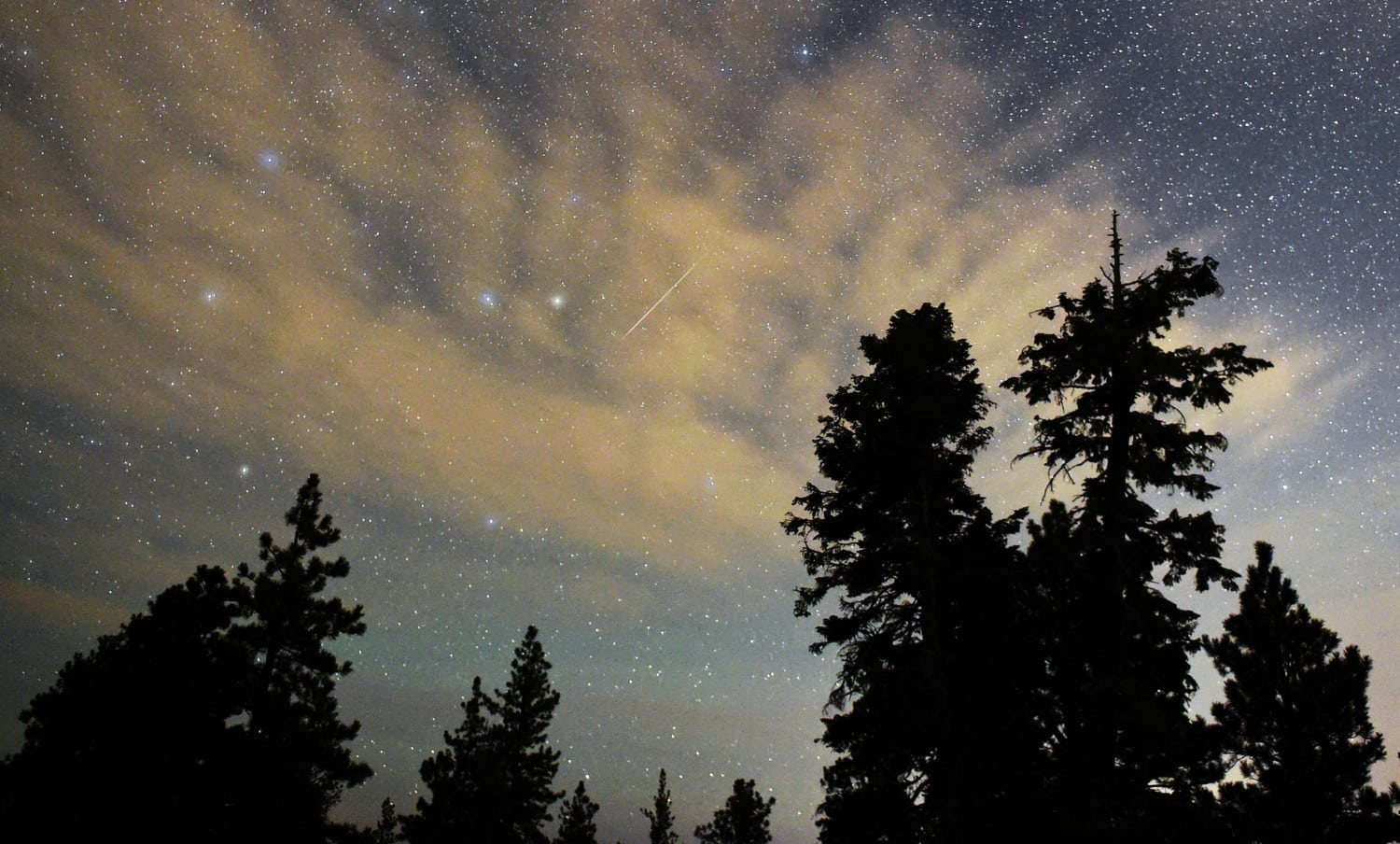
The Perseid meteor shower is one of the best and brightest showers all year long, and it’s one we can count on every August.
This year, the Perseids are expected to peak between August 11 and 13, but some experts are leaning toward the later nights being the best. Skywatchers should be able to see all 60 to 70 meteors every hour this year, barring any cloudy weather. This will be due to a new moon on the 11th, and barely a sliver of a crescent moon the following nights.
In other words, the sky will be good and dark as the meteor shower is peaking!
Meteor showers are pieces of comet debris that heat up as they enter the Earth’s atmosphere and burn up in a bright burst of light. But don’t worry about any of these hitting you while you watch: The pieces of debris in this meteor shower all incinerate before they reach the ground, so you’re safe to enjoy the show.
This time-lapse video of the 2016 Persied shower captured in California will give you a taste of what you may experience this year.
Why Does It Happen?
The Perseid meteor shower occurs when the Earth travels through space material left behind from Comet Swift-Tuttle. Earth is currently passing through all of that material right now, but we’ll see most of it on August 12.
For the best viewing conditions, get as far away from city lights as possible, preferably to a big open area with few to no obstructions in the night sky. Also give yourself about 30 minutes for your eyes to adjust to the dark.
If you are patient and the weather works to your advantage with a cloudless night, then you might be lucky enough to spot one meteor every minute. If you’re really lucky, you may even spot Mars while it’s still pretty close.
Where Does The Name Come From?
The bulk of the meteors come from the area in the sky where the Perseus constellation sits. The constellation is named for Perseus, who in Greek mythology is the son of Zeus and famously beheaded the serpent-haired Medusa.
Follow Meteorologist Jason Meyers on Twitter or watch one of his entertaining and educational YouTube videos.


